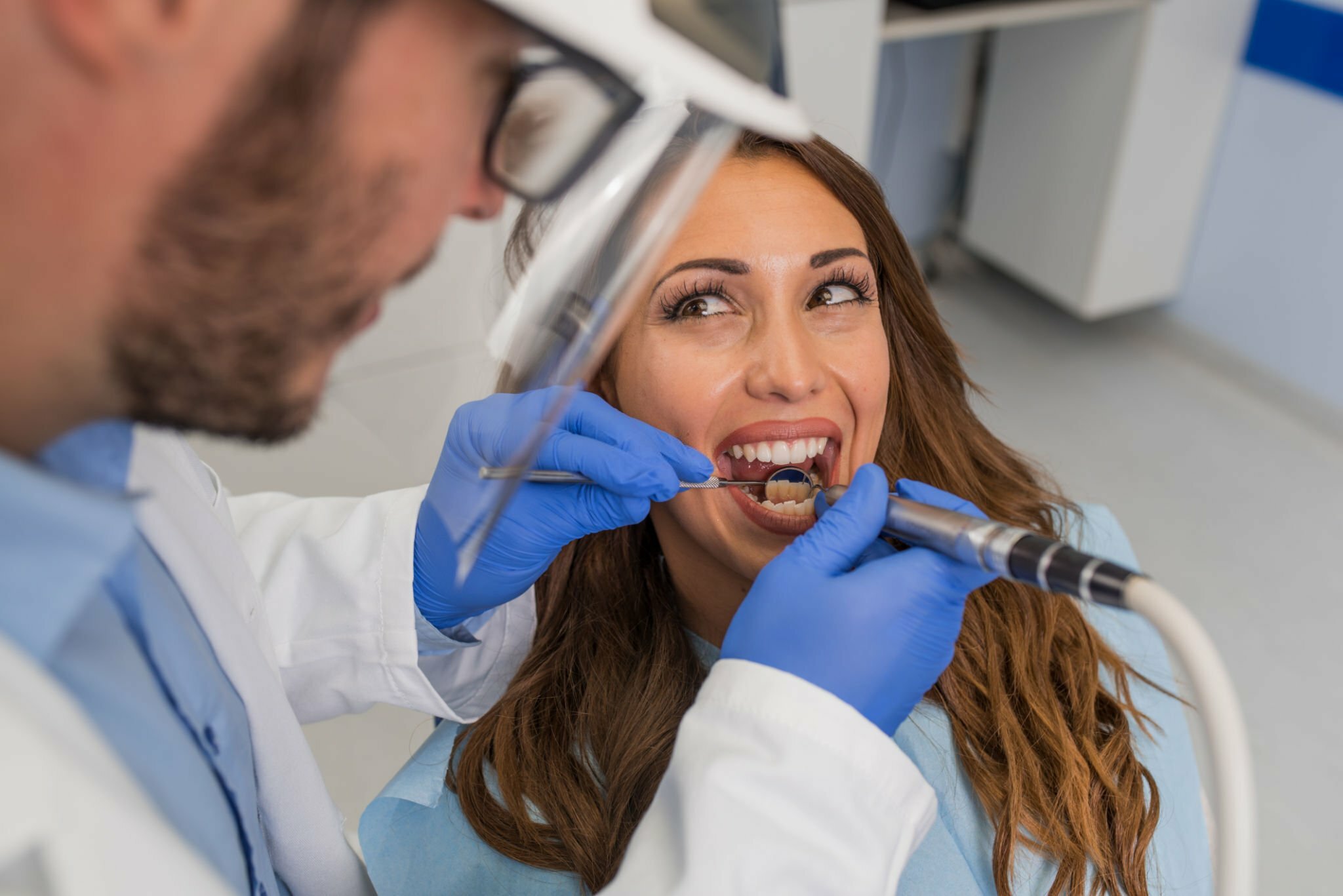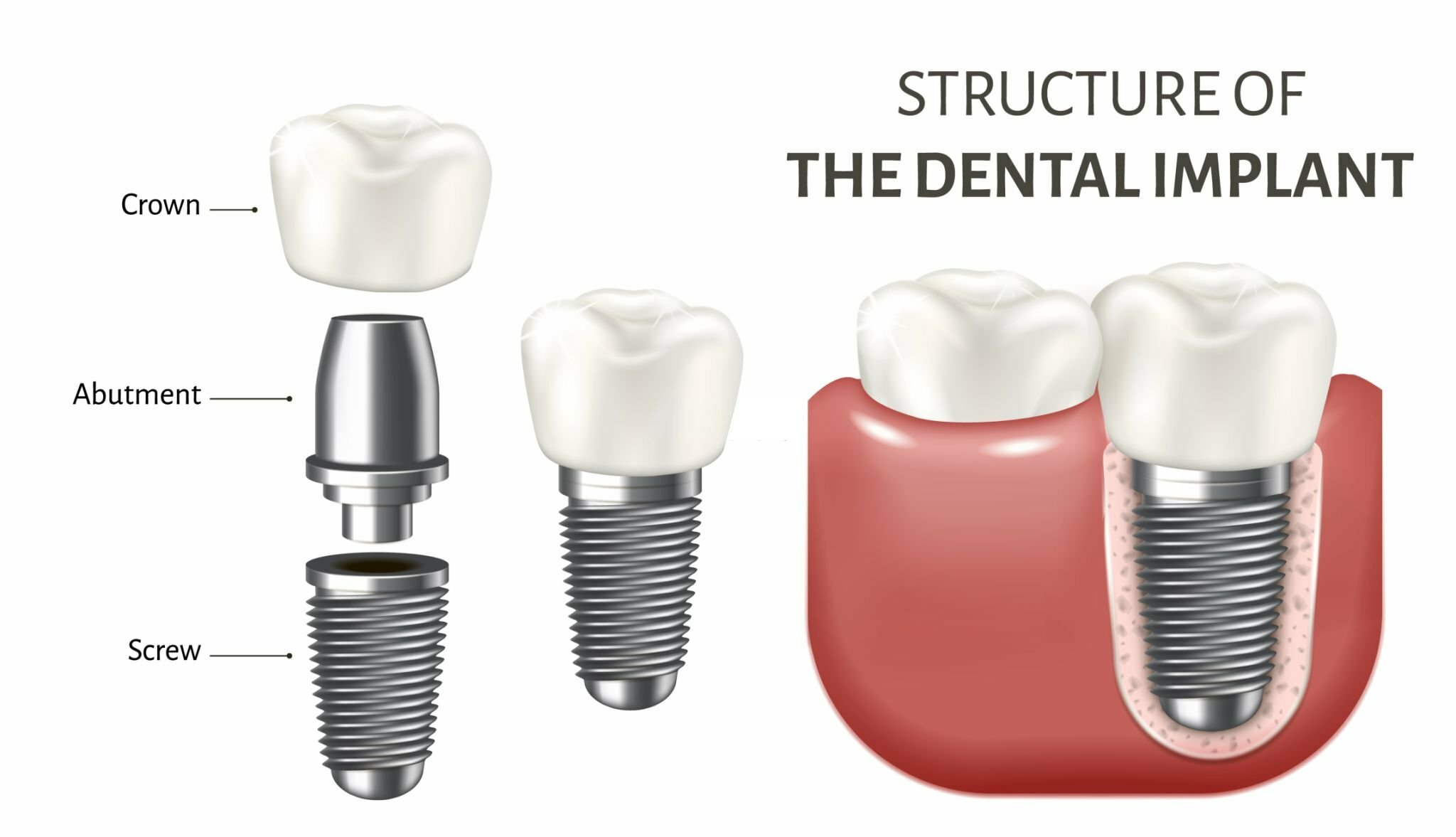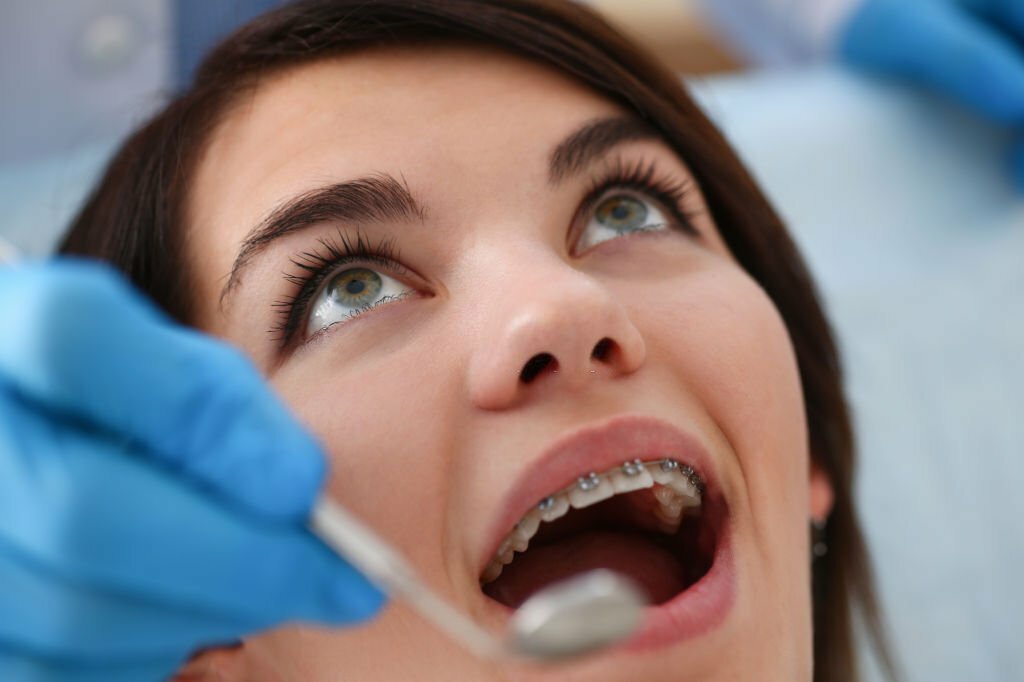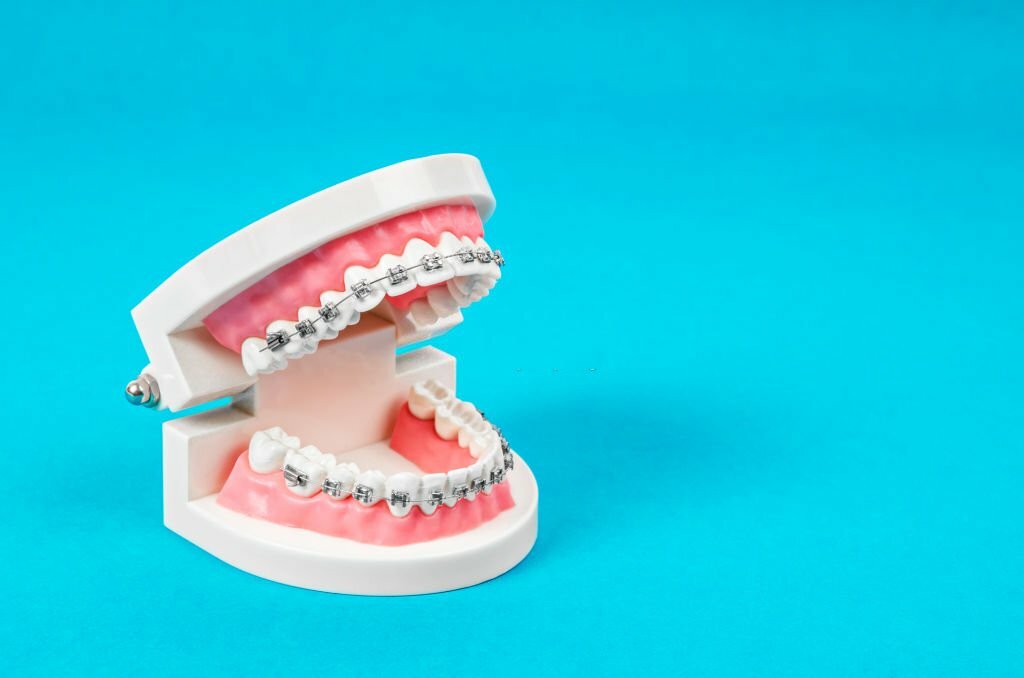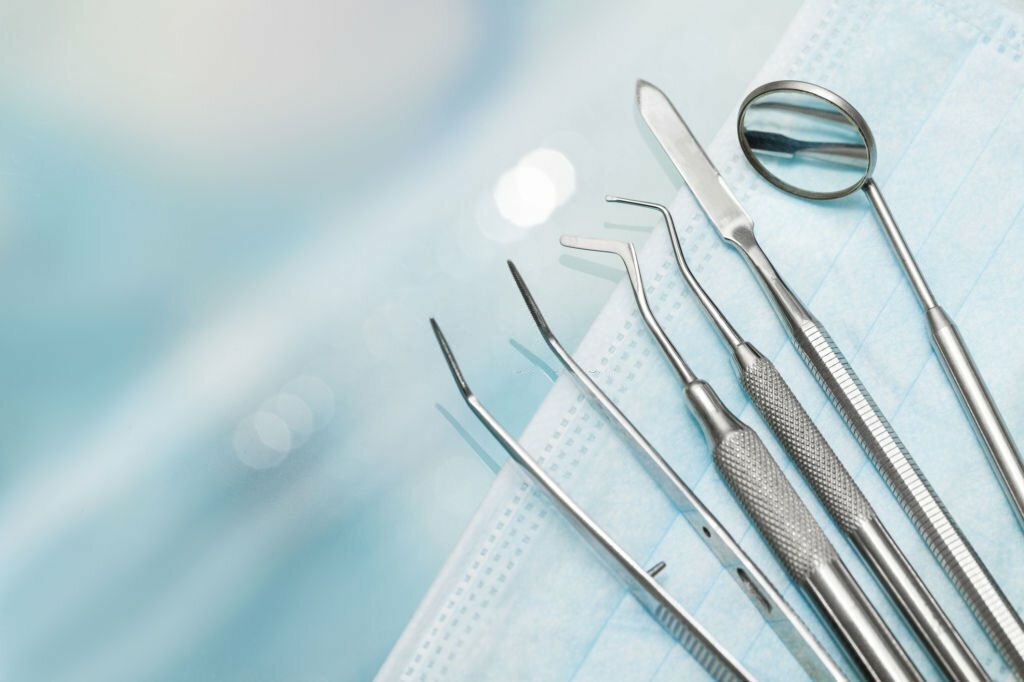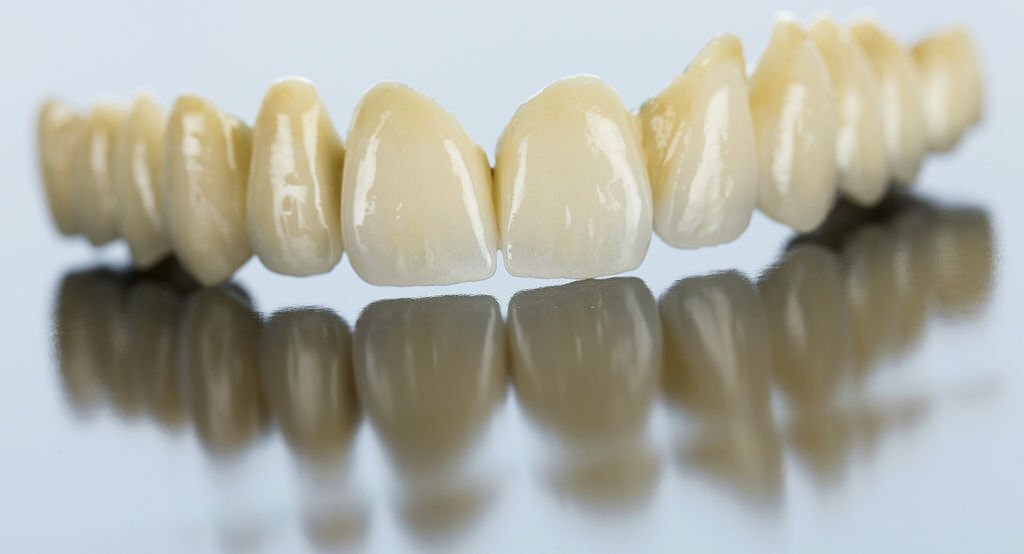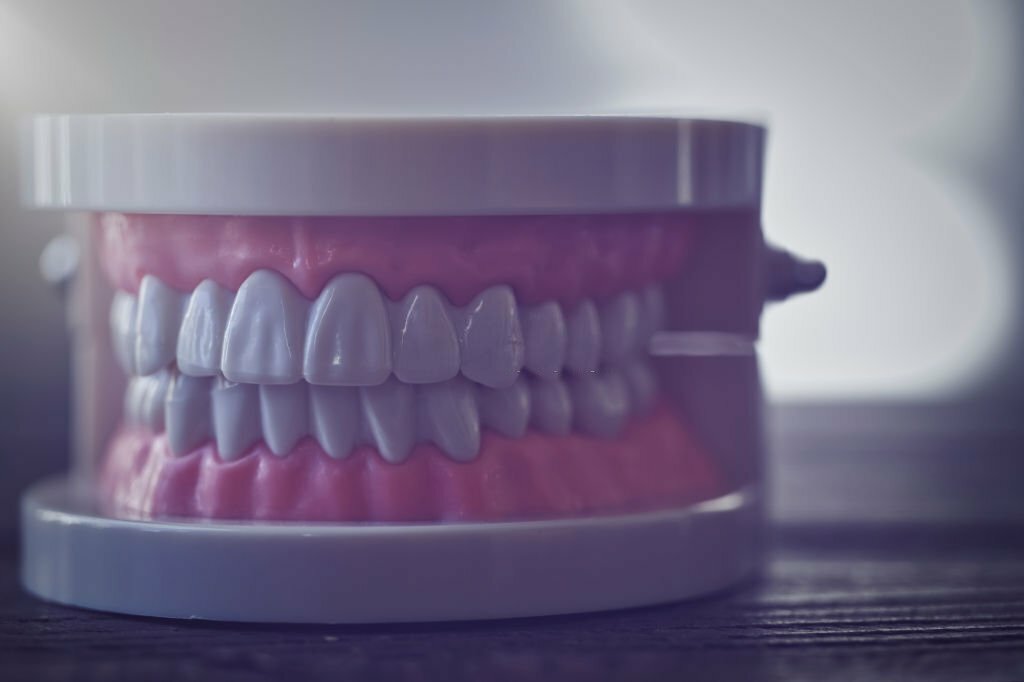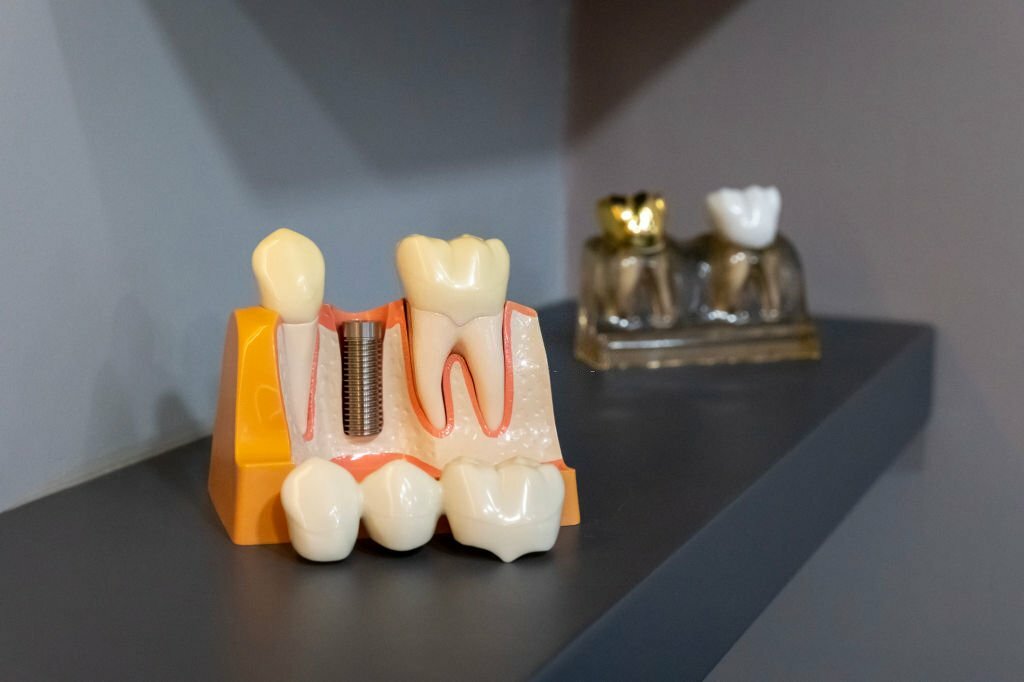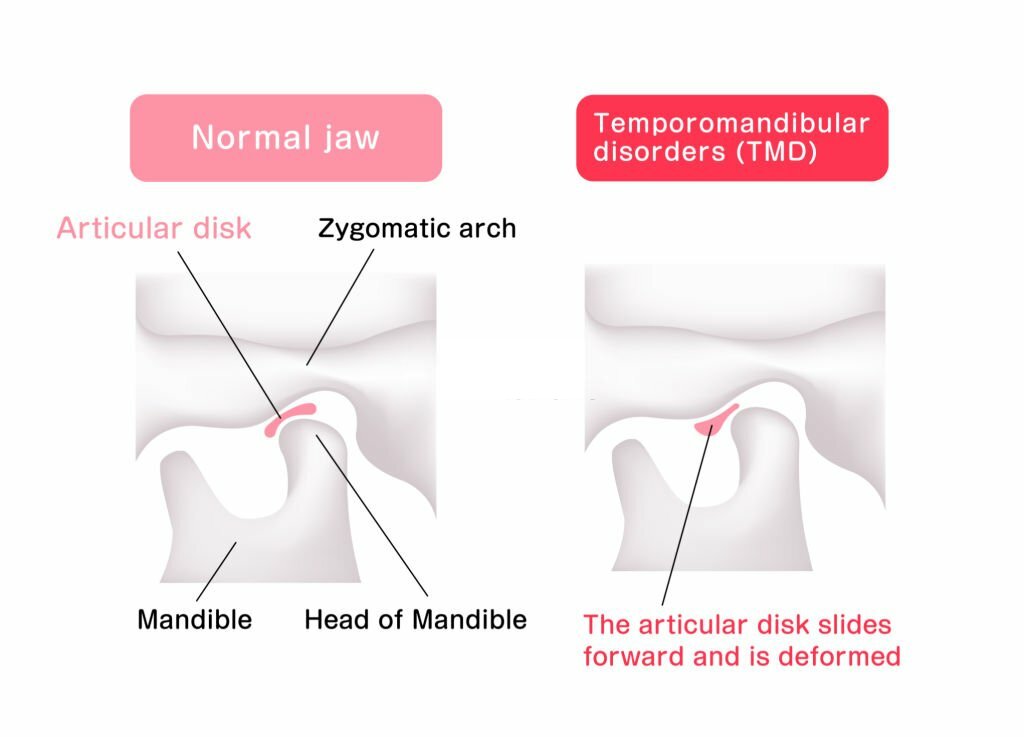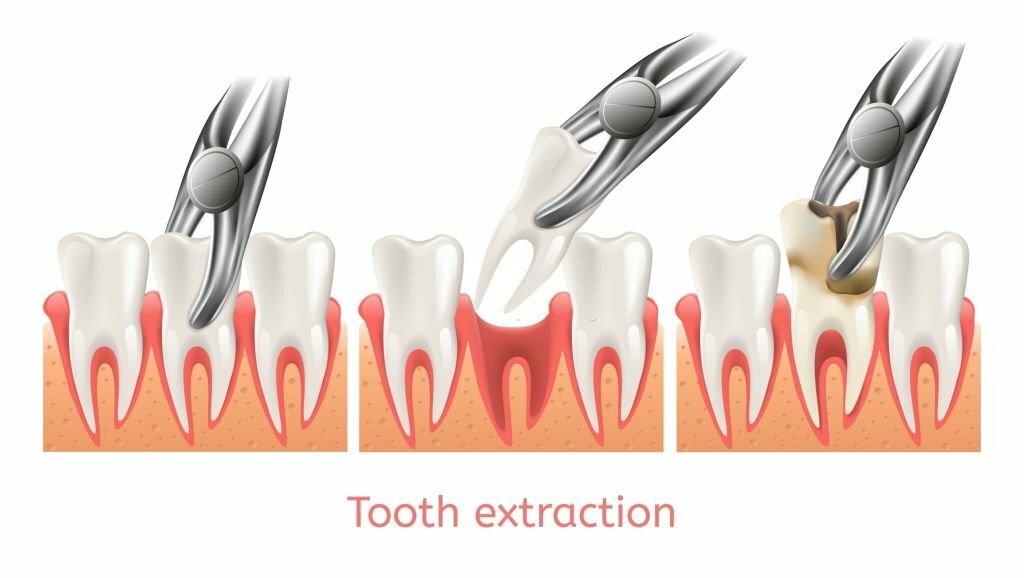Summary:
Are you:
- Avoiding your smile due to misaligned teeth?
- Dealing with tooth or jaw pain when you bite or chew hard foods?
- Feel like your misaligned teeth are affecting your speech?
If yes, it’s high time you connect with a dental orthodontist!

Relax, it’s more normal than you think. Over 25-53% of individuals require orthodontic intervention once in their lifetime. Connecting with your nearest orthodontist helps improve your oral health and adds to your smile and self-confidence.
This blog explores different aspects of orthodontic treatment:
- Role of Orthodontic Treatments in Smile Dentistry
- Different Orthodontic Options You’ll Come Across
- Treatment Duration and Maintenance of Your Oral Health
- Results of Orthodontic Treatments Over Time
- Questions to Ask Your Dentist During Initial Visits
Continue reading as we learn more about orthodontic dental treatment in the following sections of the blog.
Role of Orthodontic Treatments in Smile Dentistry
There’s no denying that orthodontics is your best approach to getting a beautiful smile and attractive teeth. It adds to your self-confidence and benefits your professional and social life.
Interestingly, orthodontics professionals can assist you with more than your appearance. These professionals can fix several other issues you are not aware of. It will improve your biting, chewing, and speaking!
Orthodontics leverages the body’s inherent capacity to renew tissue by employing constant, gentle force to shift teeth into healthier locations and reshape a bone.
It corrects several oral disorders:
- Underbite & open bite
- Breathing, speech, or chewing difficulties
- Misaligned teeth & jaws
- Excessive overbite or crossbite where there’s space between your jaw, every time it’s closed.
- Crooked teeth
Correct dental alignment is essential for healthy teeth, and oral health is necessary for general health. Good dental health helps avoid illnesses and allows us to live a healthy life. When we smile, we feel better about ourselves. Your jawbone, face bones, and soft tissue change as teeth are pushed into new positions.
Different Orthodontic Options You’ll Come Across
Orthodontic therapy employs a variety of tools to address tooth alignment, including aligners, braces, retainers, expanders, and space maintainers. Braces orthodontists are typically used in conjunction with other equipment by the orthodontist.
Interestingly, there are several types of oral appliances, namely:
Metal braces
These are the most typical and classic braces. They have been thoroughly tested and are suitable for youngsters. Metal braces comprise wires and brackets used to keep the teeth in place.

These appliances are visible and are fixed at the dentist’s office. On the plus side, you may choose the color of the wire bands.
Invisible braces
There are other brands of invisible aligners available, but Invisalign is the most popular. Invisalign are transparent plastic aligners that are molded to your tooth structure. While these braces are detachable, they should be worn for 22 hours daily for best results.
Adults benefit from invisible braces because maintaining cleanliness requires discipline. Grants orthodontists make the treatment easy with customizable treatment options.
Lingual braces
Lingual braces are comparable to metal braces, except that the wires and brackets are put on the inside of the teeth, making them undetectable. Regarding hygiene, traditional braces require a similar level of attention as regular braces since food particles become lodged on the wires.
What is the right age for orthodontic treatment?
When the youngster is seven years old, it is the ideal moment. This is when the permanent teeth begin to appear, and any irregular growth may be quickly seen by the orthodontist.
It is easy to place any crooked teeth appropriately when the jaw is growing. On the contrary, adults can have orthodontic treatment; however, the process may take longer since the jaw has matured.
Treatment Duration and Maintenance of Your Oral Health
The severity of the dental issue determines the duration of orthodontic therapy. Treatment might last anywhere from a few months to a few years on average.
During this time, you require regular sessions with your orthodontists to track the progress and changes in your oral cavity. Besides, while at it, follow the professional’s advice and practice good oral hygiene, including flossing, brushing, and avoiding foods that might harm aligners or braces.
Results of Orthodontic Treatments Over Time
Enhanced aesthetics
One of the most noticeable advantages of orthodontic treatment is the improvement of your smile. Straightening your teeth can improve your confidence, and face, among other appearance elements.
Improved oral health
Orthodontic therapy, in addition to straightening teeth, improves oral health. Gum disease, tooth decay, and other oral health issues may be more common in those with crowded or misaligned teeth because it is more difficult to clean between them. Orthodontia therapy reduces the likelihood of future dental problems by simplifying appropriate oral hygiene habits.
Better functionality
Malocclusion or a misaligned bite can create difficulty with speaking, chewing, and breathing. Orthodontic therapy improves overall function by realigning the teeth and jaws to address bite abnormalities. This can improve voice clarity, biting and chewing ability, and chewing efficiency.
Prevention of long-term complications
You can prevent long-term oral concerns by undergoing timely orthodontic treatment. Misaligned teeth, for example, can cause uneven tooth surfaces, even tooth fractures, and enamel erosion when left untreated by causing certain teeth to wear down excessively. Orthodontia therapy promotes appropriate tooth alignment and aids in preventing these problems.
Alleviation of discomfort
Orthodontic therapy can alleviate a variety of dental misalignment-related discomforts. Treating an overbite or underbite, for example, can aid with tension headaches and jaw discomfort and ease stress on the TMJ (Temporomandibular Joint).
Questions to Ask Your Dentist During Initial Visits
When thinking of undergoing orthodontic treatment, it’s critical to consult with your dentist in Grants to ensure you completely understand the procedure and what to expect.

Here are some questions you should consider:
- What kind of orthodontic treatment is best for me?
- How long will the therapy last?
- What are the treatment’s possible adverse effects or risks?
- What are my treatment funding options?
Remember, you should opt for treatment only once you’re sure about the approach of your oral expert. All the best!
Takeaway
- More than 50% of individuals require orthodontic intervention once in their lifetime.
- Orthodontics leverages your body’s capacity to renew tissue by employing constant, gentle force to shift teeth into healthier locations.
- There are several appliances to treat your health under orthodontia treatments.
- Wait no more; make the most of your oral health and smile with our experts at Sundance Smiles. Book an appointment today!





